
Creating an environmentally friendly garden is not only beneficial for the planet, but it can also enhance the beauty and productivity of your outdoor space. By implementing a series of steps, you can transform your garden into a sustainable oasis.
This article explores 12 practical and knowledgeable methods that can help you achieve an environmentally friendly garden. From choosing native plants to incorporating renewable energy sources, these steps will empower you to make a positive impact on the environment while enjoying the freedom of a thriving and eco-conscious garden.
Native Plants
Using native plants in your garden is an essential step towards creating an environmentally friendly space.
Native plants are those that naturally occur in a particular region and have evolved to thrive in the local climate and soil conditions.
By incorporating these plants into your garden, you not only support the preservation of local biodiversity but also provide habitat for pollinators and wildlife.
Native plants attract a variety of pollinators, such as bees, butterflies, and birds, which play a crucial role in the reproduction of plants and the overall health of ecosystems.
Additionally, native plants require less water, fertilizer, and pesticides compared to non-native species, reducing the environmental impact of your garden.
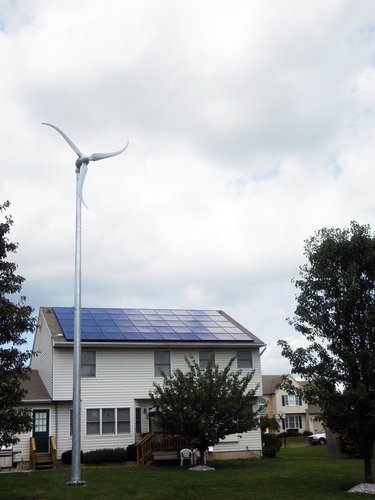
Organic Fertilizers
One important aspect to consider when making your garden more environmentally friendly is the use of organic fertilizers. Organic fertilizers are derived from natural sources and provide essential nutrients to your plants without harmful chemicals. Here are some benefits of using organic fertilizers:
- Composting benefits: Organic fertilizers can be made from composted materials, such as kitchen scraps, yard waste, and animal manure. Composting not only reduces waste but also creates nutrient-rich soil amendments that nourish your plants.
- Water conservation techniques: Organic fertilizers improve soil structure, allowing it to retain water more effectively. This helps to reduce water runoff and evaporation, promoting water conservation in your garden.
- Environmental sustainability: Organic fertilizers are biodegradable and do not contribute to soil and water pollution like synthetic fertilizers. By choosing organic options, you are supporting a healthier ecosystem and reducing your carbon footprint.
Composting
Composting is an essential practice for creating a more sustainable garden.
By composting, you can reduce waste, improve soil quality, and promote healthy plant growth.
In this discussion, we will explore the benefits of composting, explain various composting techniques, and provide tips for beginners to get started.
Benefits of Composting
Composting offers numerous benefits for creating an environmentally friendly garden. By incorporating composting techniques into your gardening routine, you can experience the following advantages:
- Improved soil quality: Compost enriches the soil, making it more fertile and better able to retain moisture. This leads to healthier plants and increased yield.
- Reduced waste: Composting diverts organic waste from landfills, reducing greenhouse gas emissions and helping to mitigate climate change.
- Natural fertilizer: Compost is a natural and nutrient-rich fertilizer for your garden, eliminating the need for synthetic chemicals that can harm the environment and human health.
To harness these benefits, you can start composting at home using kitchen scraps, yard waste, and other organic materials. Remember to turn the compost regularly and maintain the right moisture levels to speed up the decomposition process.
With composting, you can create a more sustainable and thriving garden while reducing your ecological footprint.

Composting Techniques Explained
To further enhance the benefits of composting, gardeners can employ various techniques to optimize the decomposition process and maximize the nutrient content of their compost.
There are several composting methods that can be used depending on the available space, time, and resources.
One popular technique is the traditional backyard composting, where organic waste materials such as kitchen scraps and yard trimmings are piled together and left to decompose naturally.
Another method is vermicomposting, which involves the use of worms to break down the organic matter. This technique is particularly effective in small spaces and can produce high-quality compost quickly.
Additionally, aerobic composting utilizes oxygen to speed up the decomposition process, resulting in a more efficient breakdown of organic materials.
Composting for Beginners
For novice gardeners looking to incorporate more sustainable practices, starting with composting is a crucial step towards creating an environmentally friendly garden. Composting allows you to recycle organic waste and create nutrient-rich soil that can benefit your plants and reduce the need for chemical fertilizers.
Here are three simple composting techniques to get you started on your journey towards a greener garden:
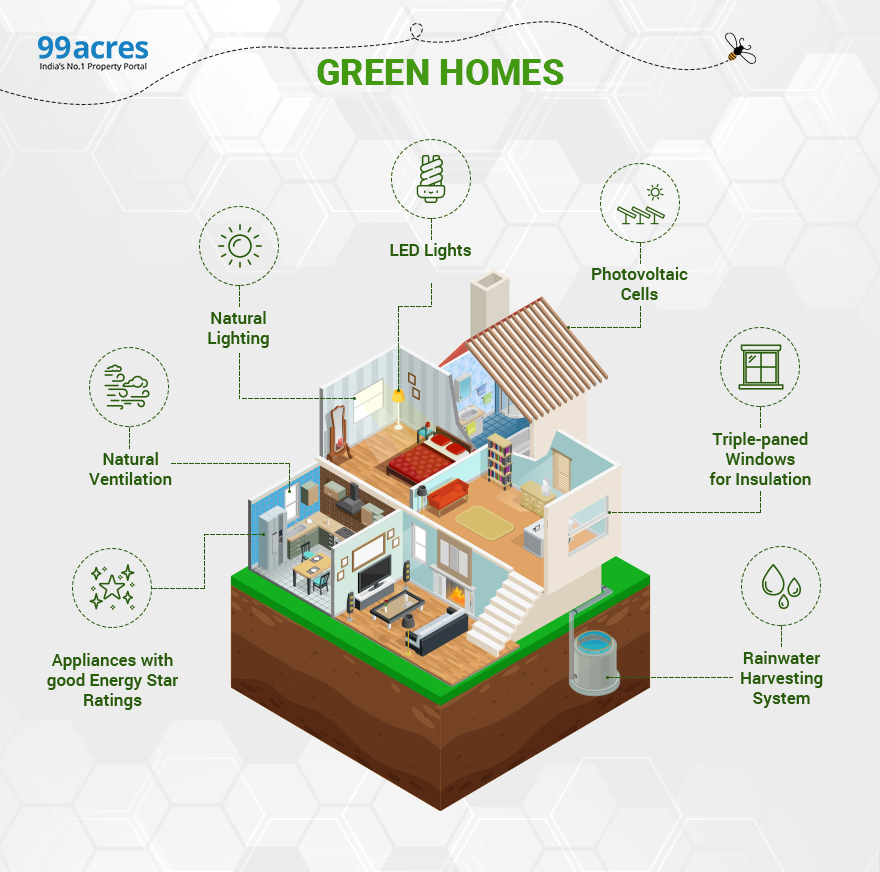
- Vermicomposting: Use worms to break down kitchen scraps and create nutrient-rich worm castings.
- Backyard composting: Create a compost pile in your backyard using a mix of carbon-rich and nitrogen-rich materials, such as leaves, grass clippings, and vegetable scraps.
- Bokashi composting: Ferment kitchen waste using a specialized system that accelerates the decomposition process.
Water Conservation
Water conservation is an important aspect of creating an environmentally friendly garden. By implementing drip irrigation systems, you can efficiently deliver water directly to the roots of your plants, minimizing waste.
Additionally, rainwater harvesting techniques allow you to collect and store rainwater to use for watering your garden, reducing your reliance on freshwater sources.
Finally, mulching can help retain moisture in the soil, reducing the need for frequent watering.
These practices can significantly contribute to water conservation in your garden.
Drip Irrigation Systems
The implementation of a drip irrigation system is an effective approach to conserving water in your garden. Drip irrigation design involves the use of tubes or pipes with small holes that deliver water directly to the base of plants, minimizing water waste through evaporation or runoff. This water efficient landscaping technique offers several benefits:
- Reduced water usage: Drip irrigation systems deliver water directly to the roots of plants, minimizing water loss through evaporation and ensuring that plants receive the necessary moisture without wasting water.
- Prevention of weed growth: By delivering water only to the desired plants, drip irrigation systems reduce the amount of water available for weed growth, helping to keep your garden weed-free.
- Prevention of soil erosion: Drip irrigation systems deliver water slowly and evenly, preventing excessive water runoff and soil erosion.
Rainwater Harvesting Techniques
To enhance water conservation in your garden, consider implementing rainwater harvesting techniques.
Rainwater collection is a sustainable practice that allows you to capture and store rainwater for later use in your garden. One effective method is using rain barrels, which are large containers that collect rainwater from your roof through a downspout. These barrels can hold a significant amount of water and provide a convenient source for irrigation during dry periods.

By utilizing rainwater, you not only conserve water but also reduce your reliance on municipal water sources. Additionally, rainwater is free from chemicals and additives, making it ideal for watering plants.
Implementing rainwater harvesting techniques is a practical and environmentally friendly way to maximize water efficiency in your garden.
Mulching for Moisture Retention
Mulching is an effective technique for retaining moisture in your garden, promoting water conservation. By applying a layer of organic matter, such as wood chips or straw, around your plants, you can reap several benefits while minimizing water usage.
Here are some advantages of mulching:
- Conserves water: Mulch acts as a barrier, reducing evaporation and preventing water loss from the soil. This helps to maintain soil moisture levels and reduces the need for frequent watering.
- Suppresses weeds: Mulch helps to smother weeds by blocking sunlight, preventing their growth. This reduces the competition for water resources and saves you time and effort in weed control.
- Improves soil health: As mulch breaks down over time, it enriches the soil with nutrients, improves its structure, and enhances its ability to retain moisture.
To make the most of mulching, ensure you apply a layer of mulch around your plants, leaving a small gap around the stems to avoid rot. Replenish the mulch as needed to maintain its effectiveness.
Chemical-Free Pest Control
One effective method for environmentally friendly pest control in your garden is through the use of organic and natural alternatives. Chemical-free pest control is a sustainable approach that aims to minimize harm to the environment while effectively managing pests.
Integrated Pest Management (IPM) is a holistic approach that combines various strategies to control pests without relying on harmful chemicals. This includes using natural alternatives such as biological control, which involves introducing natural predators or parasites to control pest populations.
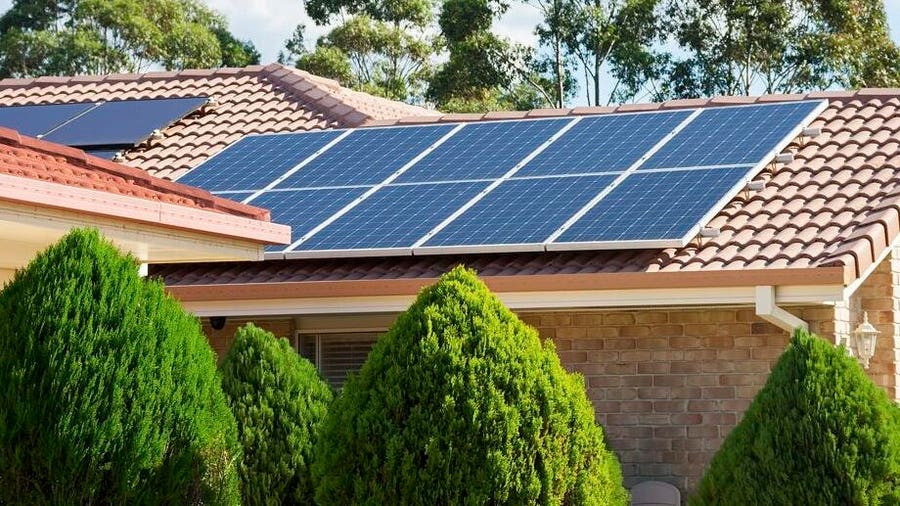
Another approach is cultural control, which involves optimizing growing conditions to deter pests, such as planting pest-resistant varieties or practicing crop rotation. Physical control methods like handpicking pests or using barriers can also be used.
Pollinator-Friendly Plants
By incorporating pollinator-friendly plants into your garden, you can continue to support a healthy and sustainable environment while building upon the previous discussion of chemical-free pest control. Pollinators, such as bees, butterflies, and hummingbirds, play a crucial role in our ecosystem by aiding in the reproduction of plants.
Here are three reasons why you should create a habitat for pollinators:
- Biodiversity: Pollinator-friendly plants attract a diverse range of species, promoting biodiversity in your garden. This diversity helps to maintain a balanced ecosystem and ensures the survival of various plant species.
- Food Production: Pollinators are essential for the production of fruits, vegetables, and nuts. By providing them with a habitat, you are indirectly supporting food production and ensuring a sustainable future.
- Conservation: Incorporating pollinator-friendly plants contributes to the conservation of these important species, which are currently facing threats due to habitat loss and pesticide use.
Vegetable Gardening
When it comes to vegetable gardening, ensuring soil health is crucial. Incorporating techniques such as composting, cover cropping, and crop rotation can improve soil fertility, structure, and nutrient content.
Additionally, using organic pest control methods can help maintain a healthy balance in your vegetable garden without relying on harmful chemicals. These methods include companion planting, handpicking pests, and introducing beneficial insects.
Soil Health Techniques
Implementing proper soil health techniques is essential for maintaining a thriving vegetable garden. By taking care of the soil, you can ensure that your plants receive the necessary nutrients and water they need to grow.
Here are some techniques to improve soil health in your vegetable garden:
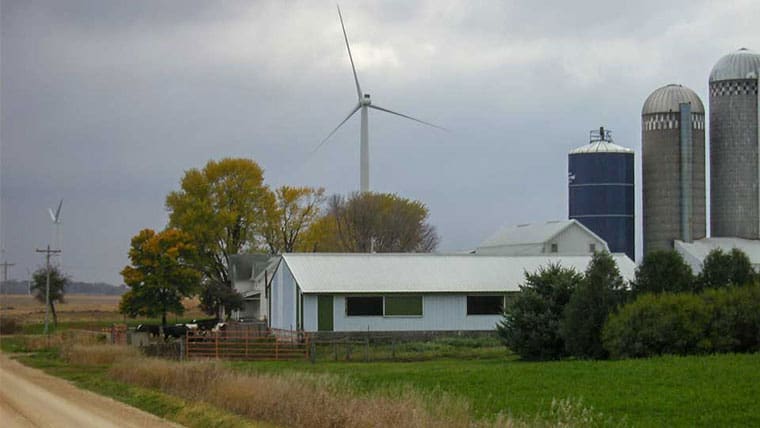
- Mulching: Use organic mulch, such as straw or wood chips, to prevent soil erosion and retain moisture.
- Composting: Create a compost pile to recycle organic waste and improve nutrient cycling in the soil.
- Crop rotation: Rotate your vegetable crops annually to prevent the buildup of pests and diseases and maintain soil fertility.
Organic Pest Control
To effectively manage pests in your vegetable garden while maintaining an environmentally friendly approach, organic pest control methods are highly recommended.
Organic pest control offers a range of benefits, including the avoidance of harmful chemicals that can contaminate the soil and water sources, as well as the preservation of beneficial insects and wildlife in your garden.
One key tip for implementing organic pest control is to encourage natural predators, such as ladybugs and birds, to help control pests. You can do this by providing them with suitable habitats and food sources.
Another tip is to practice crop rotation, which helps disrupt the life cycles of pests and reduces their population.
Additionally, using physical barriers like nets and row covers can prevent pests from accessing your plants.
Rain Gardens
Creating and maintaining a rain garden is an effective way to enhance the environmental sustainability of your garden. Rain gardens are designed to capture and absorb rainwater runoff, reducing the amount of water that flows into storm drains and ultimately into rivers and streams. By implementing a rain garden, you can help prevent water pollution and conserve water resources.
To ensure the success of your rain garden, proper maintenance is essential. Regularly check for any clogs or debris that may obstruct the flow of water. Maintain the appropriate level of moisture by watering the garden during dry spells. Additionally, consider incorporating native plants in your rain garden design. Native plants are well-adapted to the local climate and require less watering and maintenance.
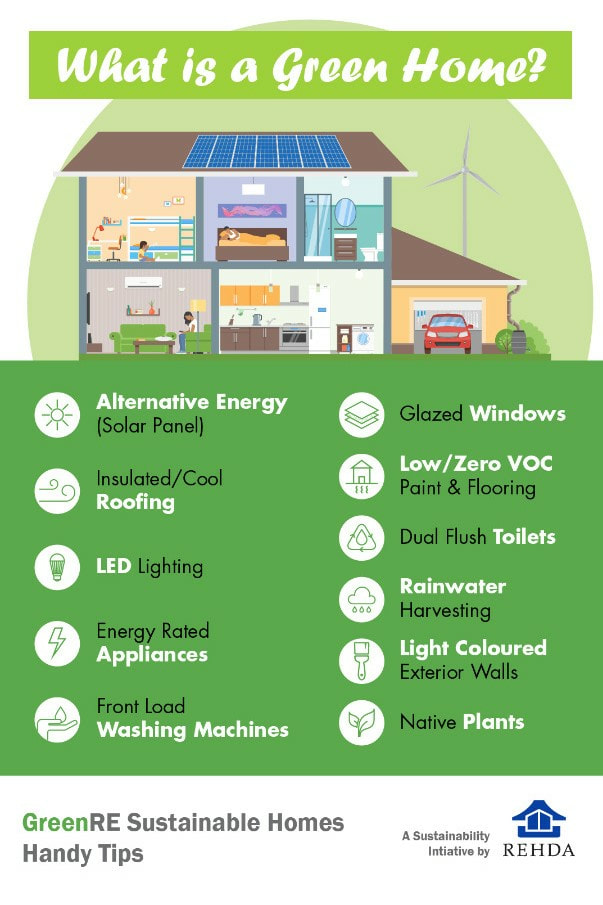
Companion Planting
One effective way to enhance the environmental sustainability of your garden is through the practice of companion planting. Companion planting involves growing different plants together to maximize their benefits and minimize pests and diseases.
Intercropping is a common technique used in companion planting, where plants with different growth habits are planted together to utilize space efficiently. For example, tall plants like corn can provide shade for shorter plants like lettuce, while the lettuce can act as a living mulch, reducing weed growth and conserving soil moisture.
Another important aspect of companion planting is crop rotation, where different plant families are rotated annually to prevent the buildup of pests and diseases in the soil.
Permaculture Methods
Permaculture design principles can play a significant role in creating an environmentally friendly garden. By implementing sustainable agriculture techniques, permaculture methods can help preserve natural resources, reduce waste, and promote biodiversity.
Here are three key ways permaculture can contribute to a more eco-friendly garden:
- Water conservation: Permaculture emphasizes the efficient use of water through techniques like rainwater harvesting, swales, and drip irrigation systems. These methods help conserve water, reducing the need for excessive watering and minimizing the strain on local water sources.
- Soil health improvement: Permaculture practices focus on building healthy soil through techniques such as composting, mulching, and crop rotation. By nurturing the soil, permaculture enhances its fertility and resilience, promoting plant growth without the need for synthetic fertilizers or harmful pesticides.
- Ecosystem integration: Permaculture aims to create a self-sustaining ecosystem where different plants, animals, and beneficial insects coexist harmoniously. This approach encourages biodiversity, natural pest control, and pollination, reducing the reliance on chemical interventions and promoting a healthier garden ecosystem.
Using Recycled Materials
When aiming to make your garden more environmentally friendly, one effective approach involves utilizing recycled materials in various aspects of your garden design and maintenance. By incorporating recycled art and upcycled furniture into your garden, you not only reduce waste but also add a unique and creative touch to your outdoor space.
Recycled art can be a great addition to your garden, providing a focal point and sparking conversations about sustainability. Consider using old metal or wooden objects, such as bicycles, wheelbarrows, or barrels, to create sculptures or planters. These pieces can add visual interest while reducing the need for new materials.

Upcycled furniture is another way to incorporate recycled materials into your garden. Old chairs, benches, or tables can be refurbished and given a new life outdoors. By repurposing these items, you save them from ending up in a landfill and create functional and aesthetically pleasing seating areas.
Incorporating recycled materials into your garden not only reduces waste but also adds character and creativity to your outdoor space. So, next time you're thinking about garden design and maintenance, consider using recycled art and upcycled furniture to make your garden more environmentally friendly.
Incorporating Renewable Energy Sources
To further enhance the environmental friendliness of your garden, consider incorporating renewable energy sources as part of your design and maintenance strategy. By implementing renewable energy, such as solar panel installation, you can not only reduce your carbon footprint but also enjoy the benefits of free and clean energy.
Here are three reasons why incorporating renewable energy sources in your garden is a great idea:
- Energy savings: Solar panels can generate electricity to power your garden lights, water features, and other electrical equipment, reducing your reliance on the grid and saving you money on utility bills.
- Environmental impact: By utilizing renewable energy, you contribute to the reduction of greenhouse gas emissions, helping to combat climate change and preserve the environment.
- Self-sufficiency: With solar panels, you can become more self-sufficient and independent, producing your own energy and reducing your dependence on fossil fuels.
Incorporating renewable energy sources in your garden is a practical and sustainable choice that aligns with the desire for freedom and environmental consciousness.
Frequently Asked Questions
How Do I Attract Beneficial Insects to My Garden?
Attracting beneficial insects to your garden is crucial for pollination and organic pest control. By providing a diverse range of native plants, creating habitats like insect hotels, and avoiding chemical pesticides, you can create an environment that attracts and supports these valuable creatures.
What Are the Benefits of Rain Gardens?
Rain gardens provide numerous benefits and play a crucial role in maintaining a healthy environment. They help in reducing stormwater runoff, improving water quality, enhancing biodiversity, and conserving water resources.
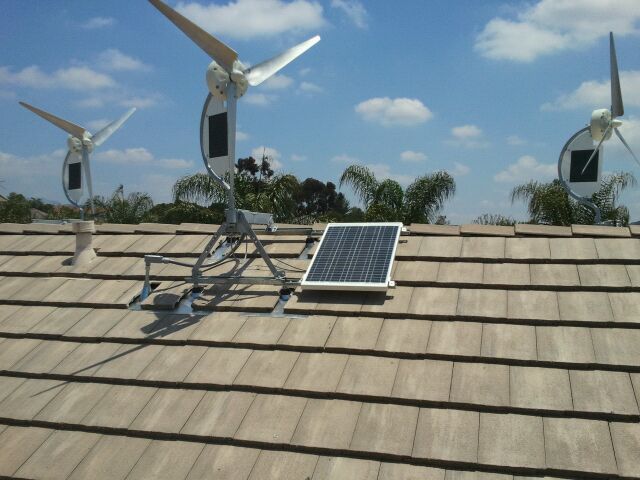
Can I Use Recycled Materials for Garden Structures?
Using reclaimed materials for garden structures is a sustainable and cost-effective option. DIY projects using recycled materials for garden structures can be a creative way to reduce waste and contribute to a more environmentally friendly garden.
How Can I Incorporate Renewable Energy Sources Into My Garden?
Incorporating renewable energy sources such as solar power and wind energy in gardening can greatly enhance the sustainability of your garden. These environmentally friendly options provide alternative energy solutions that reduce reliance on fossil fuels.
What Are Some Permaculture Methods I Can Use in My Garden?
Permaculture techniques can be used in your garden to create a sustainable and self-sufficient ecosystem. By incorporating organic gardening methods, such as composting and companion planting, you can minimize waste and promote biodiversity.
 Family Craft ProjectsHome ImprovementCooking and BakingReuse and RecycleDIY GiftsEco-Friendly ProjectsDIY Home SolutionsSeasonal ActivitiesFun and GamesLearn TogetherPrivacy PolicyTerms And Conditions
Family Craft ProjectsHome ImprovementCooking and BakingReuse and RecycleDIY GiftsEco-Friendly ProjectsDIY Home SolutionsSeasonal ActivitiesFun and GamesLearn TogetherPrivacy PolicyTerms And Conditions

 Family Craft ProjectsHome ImprovementCooking and BakingReuse and RecycleDIY GiftsEco-Friendly ProjectsDIY Home SolutionsSeasonal ActivitiesFun and GamesLearn TogetherPrivacy PolicyTerms And Conditions
Family Craft ProjectsHome ImprovementCooking and BakingReuse and RecycleDIY GiftsEco-Friendly ProjectsDIY Home SolutionsSeasonal ActivitiesFun and GamesLearn TogetherPrivacy PolicyTerms And Conditions
